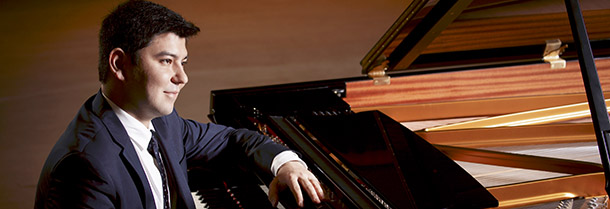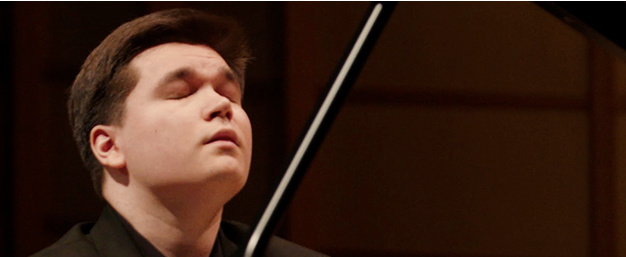Tag: Modest Mussorgsky
-

PROGRAM NOTES: BEHZOD ABDURAIMOV
Domenico Scarlatti Sonata in B minor K 27 Sonata in D major K 96 The 550-odd sonatas of Domenico Scarlatti are perhaps the most successful works to migrate from the harpsichord to the modern grand piano. Their transparent texture of simple two- and three-part keyboard writing has one foot in the imitative counterpoint of the…
-

PROGRAM NOTES: TRISTAN TEO
PROGRAM NOTES: TRISTAN TEO Robert Schumann Widmung (arr. Franz Liszt) The year 1840 was Robert Schumann’s Liederjahr, his ‘year of song’. After 10 years of writing almost exclusively for the piano, Schumann in 1840 burst into song, composing well over a hundred Lieder. One song collection, Myrthen Op. 25, had a special meaning for…

